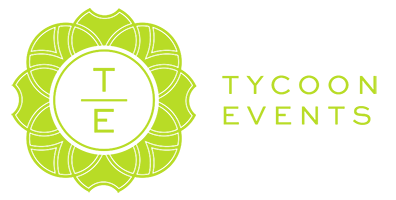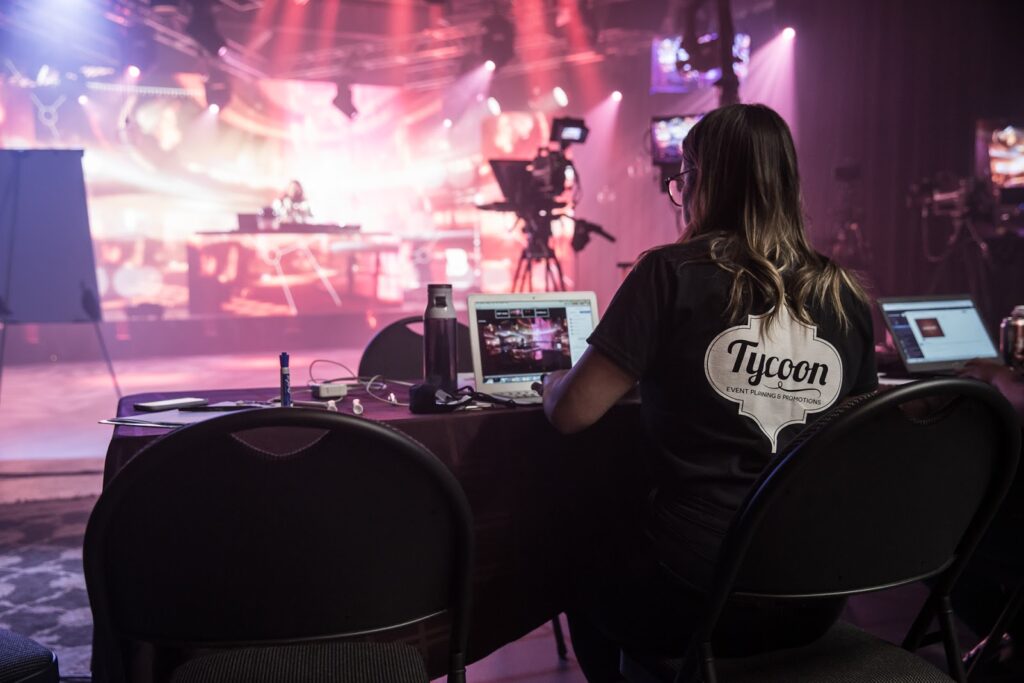As event planners in this rapidly changing landscape – where virtual and digital worlds have replaced in-person venues, chatboxes have replaced handshakes, and tech support has replaced on-site support – it’s important to keep the lens that we’re looking through nice and wide, so we can remain adaptive, informed, and agile.
Our job is to bring people together regardless of whether it is digitally or in person. It’s a big job, especially given that events are an essential part of society and the economy. They give invaluable opportunities for us to come together1. Virtual events are one of the only things connecting people right now and, with an added ethics of care, we can aim higher, using events to build an economy that better supports human flourishing1.
Because events have the potential to be so impactful, it’s important that our virtual event designs are just as thought-out as in-person event designs.
One of the most important pieces of the virtual event design is your virtual event platform. The platform acts as the “venue” (if you’re thinking about it in relation to in-person events), where everything happens. If you continually use the same platform for every event, you could run into several risks:
- A lack of interest from attendees (think Zoom fatigue)
- Missing out on opportunities to be more impactful
- Paying for more than what’s necessary for your event
- Keeping your scope too narrow (rather than learning about new platforms and what they have to offer)
Simply put, when it comes to virtual event platforms, one size doesn’t fit all and nor should your event platform.
It’s not like you’d use the same venue for every in-person event you planned, right? That’s like always going to the same restaurant to eat dinner. Sure, the food might be different, but the space is always the same.
There’s a lot of amazing platforms out there, but none that fit the need of every single event. When determining the best platform for an event, it’s important to think about the type of event, target audience, specific goals and KPI’s, stakeholders’ needs, and the budget. Human support, tech support, customer service and contingency plan support required are also important factors.
Let’s look at some examples!
Example 1: Multi-Day Conference
We are currently planning a multi-day conference, where it’s important to be able to provide attendees with the ability to explore (i.e. a walk around feel), create their own agenda, and be highly interactive. We need to run concurrent sessions, have the capability for many presenters/speakers, and moderated Q&A. We also want the capability to have session feedback, do a pre-event survey, and insert custom graphics.
A platform option for this type of event is 6Connex.
Example 2: Trade Show
We are also currently planning a trade show, which will also have both free and paid sessions happening over the course of four days. It’s important to have a platform that has exhibitor booths, extensive sponsorship opportunities, and the ability for exhibitors and sponsors to be able to edit their own profiles and manage their own virtual booths. Networking is an essential piece as well.
A platform option for this type of event is PheedLoop.
Example 3: Workshops/Meetings/Seminars
Last year, we planned a corporate annual meeting. For this meeting, it was important to have the platform be white-labeled (branded platform and communications to reflect the client’s corporate branding). The audience was an older demographic, we wanted to keep the cost low, and be able to approve or decline comments/questions before they go live.
A platform option for this type of event is Eventcombo.
Example 4: Networking Events
In a networking event, it’s important to have the ability to chat one-on-one with people (through video conferencing or text chat), create networking groups, find people easily, invite people to join a video conference, share contact information, and create in-depth profiles that include all of the information you want to share with others.
A platform option for this type of event is Airmeet
Example 5: Receptions
Over the holidays, we ran a holiday staff reception event, where we also sent attendees’ an experiential package to their doors. There were multiple rooms (for many different activities), networking capabilities, and ‘main stage’ presentations. It was important for us to be able to communicate with attendees during the event and provide help/support in navigating the platform.
A platform option for this type of event is Socio.
So, you can see, the Tycoon approach is tailored and customized for every specific event. Our process for in-person events is the same as virtual events when it comes to event innovation, strategy, design, and execution. We have an initial consultation with our client to review their event in detail. From that, we will create an event brief and proposal, where we will include two to three platform recommendations based on what we think will fit best (and within budget). The final event plan will include the chosen platform! If you’re interested in learning more about our process, it is on our website here.
We also have an extensive Virtual Event Resource, that outlines the pros and cons of over 70 digital tools and platforms. It sorts and filters based on varying needs, helping others find the right platform for their unique event. You can check out our resource, if you’re interested, here!
– Your Tycoon, Kirsten XO
Sources:1https://www.tandfonline.com/doi/full/10.1080/09669582.2020.1856857

